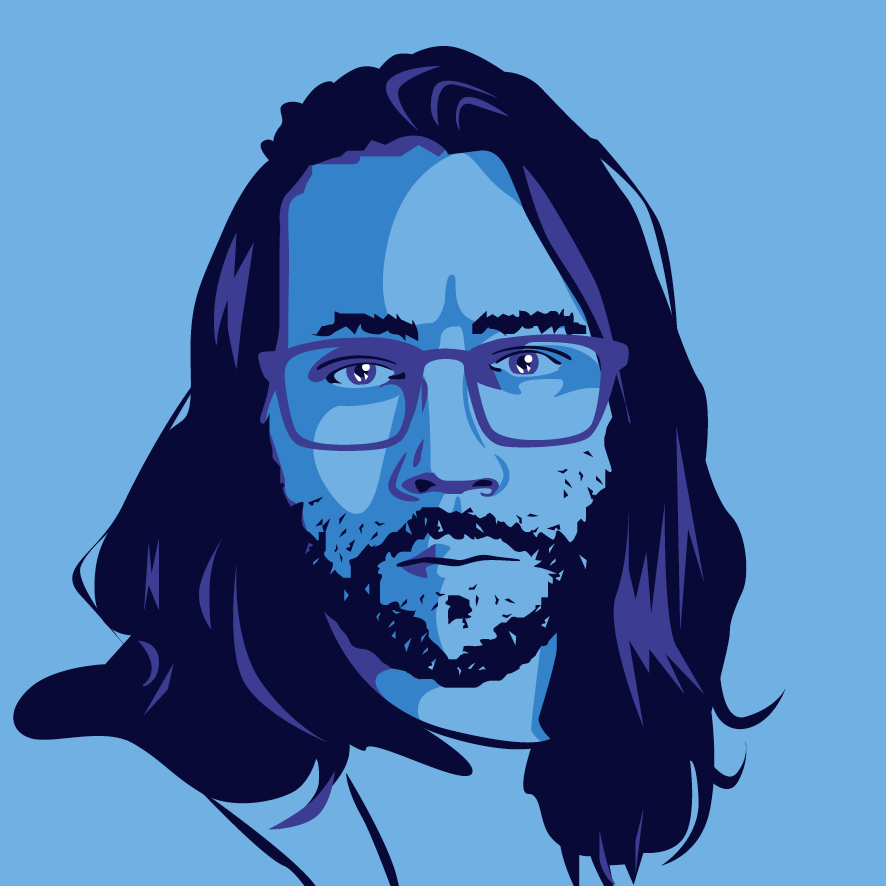Dishonored 2's director on giving Corvo a voice and avoiding the "Deus Ex Effect"
We talked to Harvey Smith about managing the scope of such an ambitious, systems-heavy stealth game.
Learning to juggle isn't easy. Keeping three objects in rotation is truly a feat, even if its purpose is strictly to impress. Now think about what Dishonored 2 is trying to pull off: an immersive stealth sim with two different playable characters, each with completely unique abilities. The first game featured huge intricate environments with a ton of hidden routes, AI-powered NPCs, and exploitable tools—alarm systems, physics objects, and so on—all working in concert to tell a story and, through the magic of game design science, entertain.
Now, with the addition of Emily's abilities, the toolbox has grown exponentially, allowing players to take on Dishonored 2's challenges in ways even the developers can't foresee. To get an idea of how Arkane is designing around such a player-first ethos, I chatted with Game Director Harvey Smith at PAX West. (Be sure to see Emily in action in the latest gameplay demo from Gamescom too.) We discussed how they're keeping the environments dense and meaningful, rather than just bigger for the sake of it, avoiding what Smith calls the "Deus Ex Effect", and how they're telling a story this time around.
PC Gamer Newsletter
Sign up to get the best content of the week, and great gaming deals, as picked by the editors.
James is stuck in an endless loop, playing the Dark Souls games on repeat until Elden Ring and Silksong set him free. He's a truffle pig for indie horror and weird FPS games too, seeking out games that actively hurt to play. Otherwise he's wandering Austin, identifying mushrooms and doodling grackles.
Most Popular



